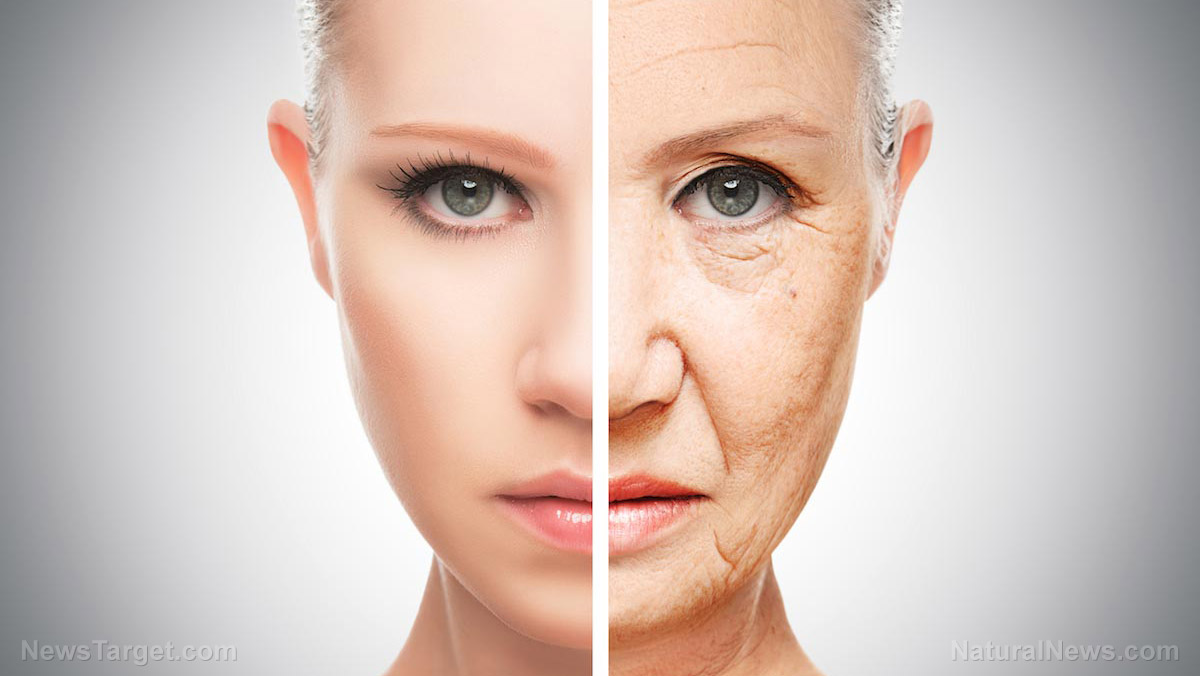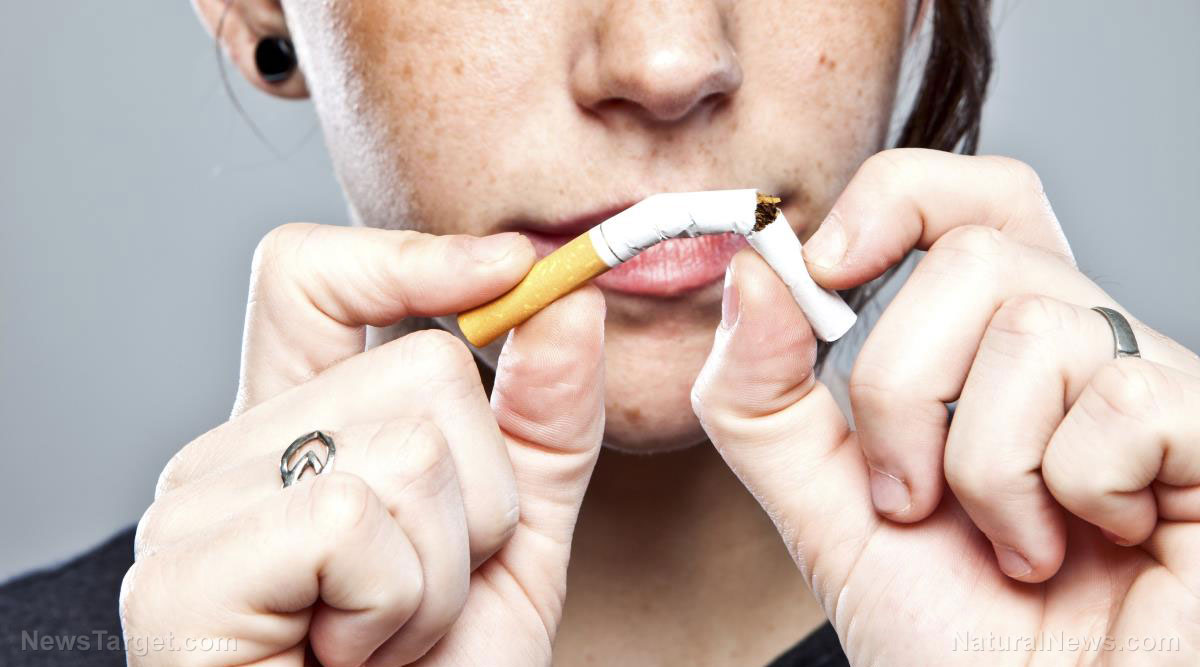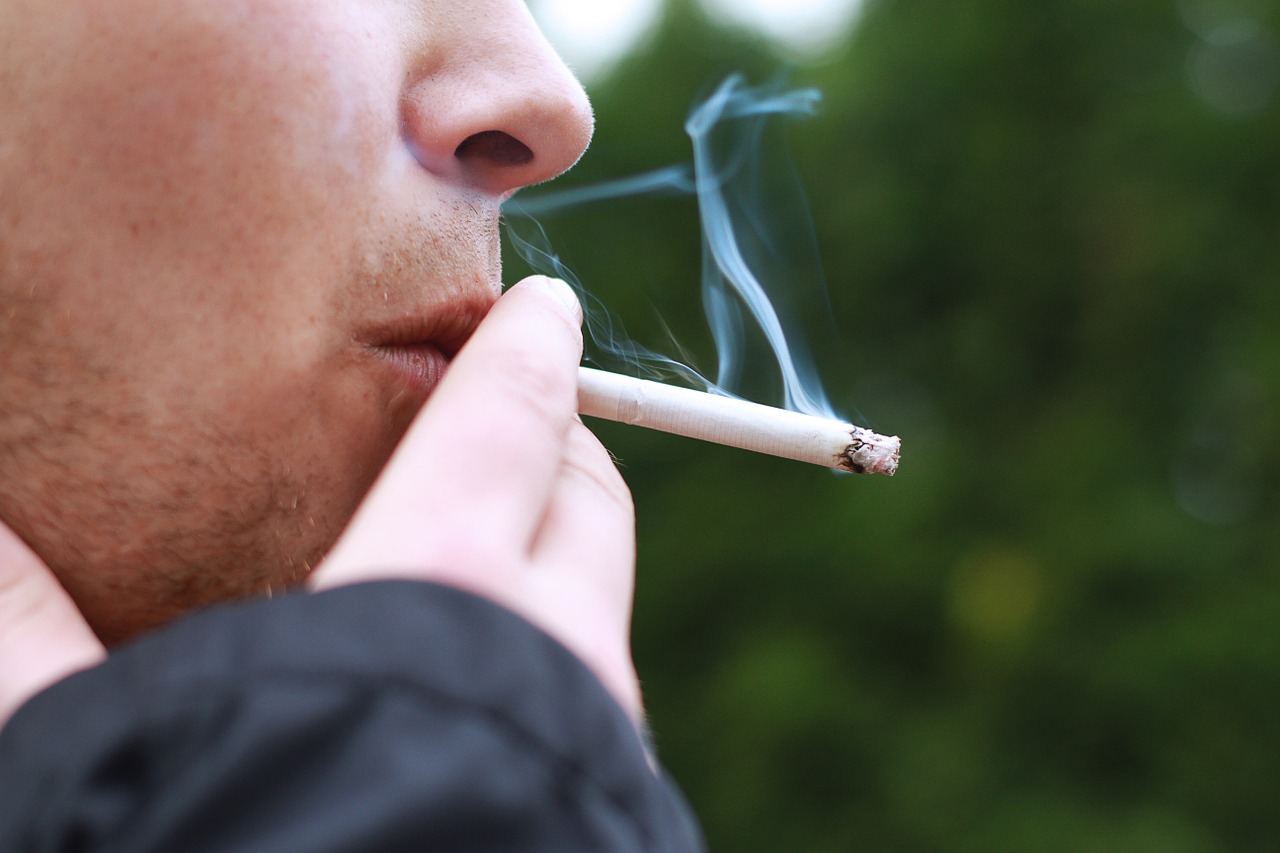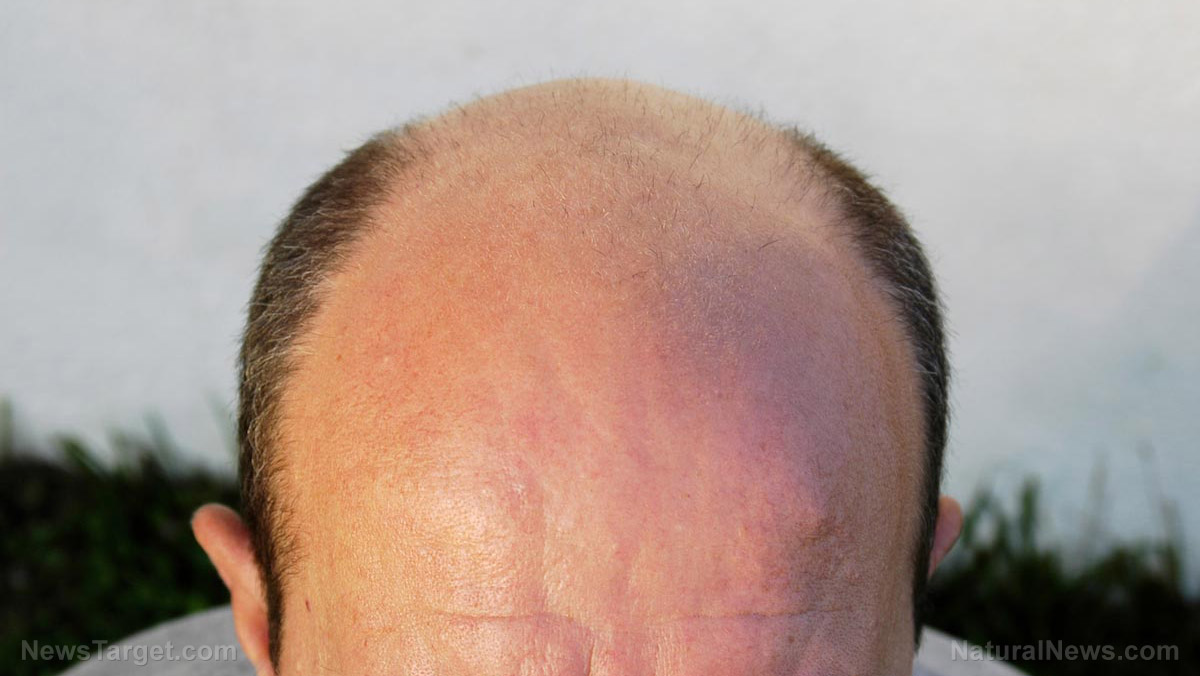Indulge a little, but too much shows: Heavy drinking and smoking are linked to visible signs of aging, skin damage
11/21/2018 / By Janine Acero

Researchers have found a correlation between a person’s drinking and smoking habits and how these affect aging. They concluded that heavy drinking and smoking could lead to visible signs of physical aging as well as looking older than your actual age.
The Copenhagen City Heart Study spanned 11.5 years, beginning in 1976, which monitored 11,500 Danish adults over the age of 20 living in the Copenhagen area in 1981-’83; 1991-’94; and 2001-’03. The data gathered included heart health and visible aging signs that were tracked from the participants whose average age was 51 but ranged from 21 to 86 among the women, and from 21 to 93 among the men.
The participants shared details of their lifestyle, general health, and how much they drank and smoked:
- The average alcohol consumption was 2.6 drinks per week for women and 11.4 for men;
- 57 percent of the female participants and 67 percent of the males were current smokers.
They were also checked for four signs of aging that have been previously linked to a heightened risk of cardiovascular ailments and/or death:
- Earlobe creases;
- Grayish opaque colored ring or arc around the peripheral cornea of both eyes (arcus corneae);
- Yellow-orange plaques on the eyelids (xanthelasmata); and
- Male pattern baldness (receding hairline or a bald patch on the top of the head).
The analysis of the drinking and smoking patterns revealed a consistently heightened risk of looking older than one’s actual age and developing the four signs of aging linked to cardiovascular illnesses among those who smoked and drank heavily.
A tally of 28 drinks or more per week was associated with a 33 percent heightened risk of arcus coneae among the women, and a 35 percent heightened risk among men who had 35 or more drinks every week.
Similarly, compared with not smoking, smoking one pack of 20 cigarettes daily for between 15 and 30 years was associated with a staggering 41 percent heightened risk among women and a 12 percent heightened risk among men.
Arcus coneae was the most common sign of aging among both sexes; 60 percent among men over 70 and among women over 80 develop it. On the other hand, the least common sign was xanthelasmata, with a prevalence of five percent among men and women over 50.
While receding hairline was common among men – with 80 percent of those over the age of 40 affected – male pattern baldness was not consistently associated with heavy drinking or smoking. According to the researchers, this condition is strongly influenced by genes and circulating levels of male hormones called androgens.
Another factor that is associated with both cardiovascular disease and smoking and excessive drinking is stress. However, the researchers were unable to take account of the influence of stress alongside the rest of the potentially influential factors.
Nevertheless, the researchers concluded: “This is the first prospective study to show that alcohol and smoking are associated with the development of visible age-related signs and thus generally looking older than one’s actual age…This may reflect that heavy drinking and smoking increases general aging of the body.”
Stress and aging
How does chronic stress affect the aging process? An article on HuffingtonPost.com lists down how stress and exhaustion can affect the human body at the cellular level and cause visible signs of physical aging.
- Job stress can damage cells – Work-related exhaustion can damage DNA structure and cause cellular death.
- The anticipation of stress may accelerate cellular aging – Those who felt most threatened by the anticipation of a stressful event showed greater signs of aging on the cellular level.
- Stress ages the brain – Chronic stress has been shown to contribute to the development of Alzheimer’s disease, which seemed to progress more quickly in women than men.
- Stress can lead to vision and hearing loss – An increased production of stress-induced adrenaline can lead to temporary vision and hearing loss.
- Chronic stress can influence an unhealthy lifestyle – Developing healthy habits is critical to aging well. Exhausted individuals tend to eat poorly, exercise less and rely on medication for ailment relief.
Sources include:
Tagged Under: aging, Alcohol, Anxiety, Drinking, longevity, mind body science, signs of aging, smoking, stop smoking, stress



















